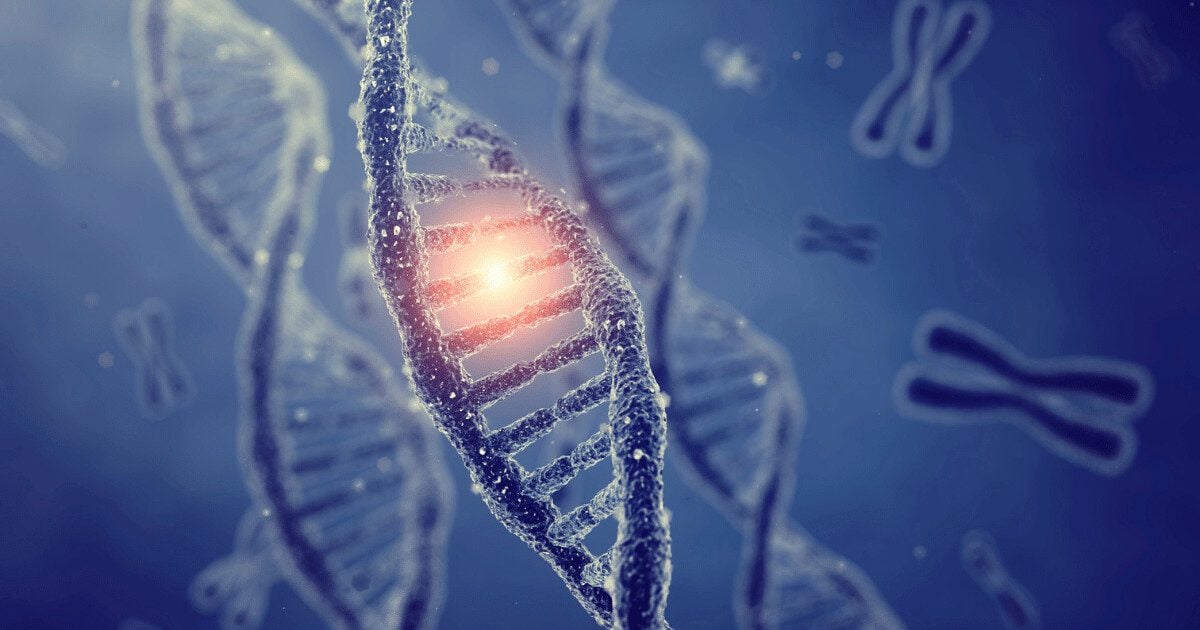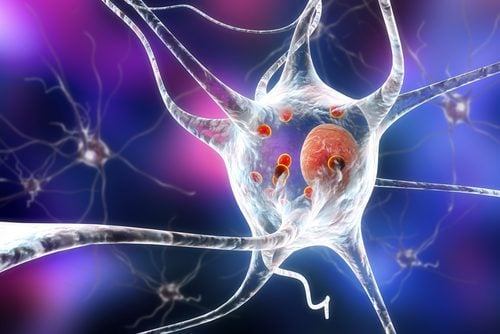What Is Cerebrospinal Fluid (CSF)?
Cerebrospinal fluid (CSF) is a clear liquid produced in the brain by the choroid plexus that is reabsorbed into the bloodstream. CSF is responsible for providing cushioning around the brain and spinal column, delivering nutrients to the central nervous system (CNS), and carrying away waste. Cerebrospinal fluid is completely replaced by the body every few hours.1
CSF is analyzed when attempting to identify conditions that affect the brain and spine. Analyzing CSF consists of a series of laboratory tests performed on a sample of a person’s cerebrospinal fluid that was taken through a procedure called a spinal tap, or lumbar puncture.
What’s Measured During CSF Analysis
CSF analysis can involve examining many different components, and a proper evaluation depends on understanding which test to order, normal ranges for a patient’s age, and the test’s limitations.
The following are commonly analyzed aspects of CSF:
Visual appearance
Normal CSF is crystal clear, however, if there is an abnormal amount of white or red blood cells per mm of CSF, the liquid will appear turbid (cloudy).2 The color of a person’s CSF is also associated with certain conditions or causes. Discolored CSF may be yellow, orange, pink, green, or brown.
Protein Concentration
Protein concentration is one of the most telling indicators of pathology within a CNS analysis. Elevated protein may denote infections, hemorrhaging within the skull, multiple sclerosis, Guillain Barré syndrome, endocrine abnormalities, or inflammatory conditions.
Cell Counts
Abnormal cell white blood cell (WBC) counts and red blood cell (RBC) counts as well as the presence of cancer cells can be analyzed from CSF samples.
Microorganisms
The presence of bacteria, fungi, and viruses in CSF may be signs of infection.3

Diseases Detected From Cerebrospinal Fluid Analysis
Abnormal results of a CSF analysis could be due to many causes and indicate certain conditions, including4:
- Infection
- Inflammation
- Alzheimer’s disease
- ALS
- Cancer
- West Nile Virus
- Reye’s Syndrome
- Meningitis
- Multiple Sclerosis
How CSF Samples Are Collected
Spinal taps–also called lumbar punctures–are usually performed in a hospital and involve the following steps5:
- The patient will lie on their side or sit on an exam table.
- A healthcare provider will sterilize the patient’s back and inject a local anesthetic into their skin.
- After the area of the patient’s back is numb, the provider will insert a thin needle between two vertebrae of the lower spine and withdraw a small amount of cerebrospinal fluid.
Lumbar punctures are generally recognized as safe procedures, though about 25% of people who undergo one develop a headache afterward caused by leaking fluid.6 Despite that risk, the information gathered during a CSF analysis can be a key step toward correctly diagnosing a variety of diseases, including ALS.

CSF Abnormalities As A Potential Biomarker For ALS
Identifying potential biomarkers of ALS can give researchers and medical professionals tools that may lead to early diagnosis, more accurate prognosis, and treatment options for patients. A biomarker is defined as a measurable characteristic in a person that can be objectively evaluated as an indicator of normal biological processes, pathogenic processes, or pharmacologic responses to a therapeutic intervention.7
The desire to identify biomarkers of ALS is at the forefront of ALS research, as this identification could lead to a more positive outcome for future patients diagnosed with the disease. Accordingly, several aspects of cerebrospinal fluid and their possible relation to the pathogenesis (the development of a disease) of ALS have been studied,8 though none have been objectively linked as of yet.
Cerebrospinal fluid has been targeted as a point of interest in the study of ALS biomarkers from as early as 1973. The pathophysiology (or, the processes associated with the disease) of ALS is difficult to pinpoint, though a commonly proposed explanation is the existence of a circulating toxin that is hostile toward motor neurons.9 Studies in the decades following the 1970s have found that CSF from patients with both sporadic and familial forms of ALS caused cytotoxicity (toxicity of cells) in a lab setting.10
Ongoing CSF Research
Though it is difficult to know the exact number of cases of ALS in the United States, it is estimated to be between 12,000-15,000, according to the CDC.11 Research on properties found in CSF that may be medically linked to ALS diagnosis is limited by the small sample size of CSF donors with the condition, as well as from healthy individuals.
Research core facilities, such as the Target ALS Longitudinal Biofluids Core provide positive steps for research related to biomarkers detected in CSF, blood, and urine samples. The Biofluids Core is actively collecting samples from both patients diagnosed with ALS and non-ALS control subjects. These samples will be associated with detailed de-identified clinical and demographic information, speech data, respiratory functions as well as genomic datasets.
At the Target ALS Annual Meeting, we spoke with Chief Scientific Officer of Barrow Neurological Institute, Robert P. Bowser, Ph.D. about the benefits of longitudinal data in ALS research and the brand new Target ALS Longitudinal Biofluids Core that will provide researchers with this critically-important data, which in the past was very difficult to access.
How to Participate in CSF Research
The Target ALS BioBank, comprised of seven collection sites across the United States, helps coordinate CSF and other biofluid sample donations for this research core. These samples, of both ALS patients and healthy ‘control’ individuals, will be accessible to researchers worldwide via a conflict-free and expedited sample request process as early as 2023.
For more information about donating a biofluids sample for the Target ALS Longitudinal Biofluids Core, click here.
SOURCES
1. Rice, S. C. (2018, May 18). Cerebral Spinal Fluid (CSF) analysis. Healthline. Retrieved July 27, 2022, from https://www.healthline.com/health/csf-analysis
2. Seehusen, D. A., Reeves, M. M., & Fomin, D. A. (2003, September 15). Cerebrospinal fluid analysis. American Family Physician. Retrieved July 27, 2022, from https://www.aafp.org/pubs/afp/issues/2003/0915/p1103.html
3. Mengistu, A., Gaeseb, J., Uaaka, G., Ndjavera, C., Kambyambya, K., Indongo, L., Kalemeera, F., Ntege, C., Mabirizi, D., Joshi, M. P., & Sagwa, E. (2013, June 13). Antimicrobial sensitivity patterns of cerebrospinal fluid (CSF) isolates in Namibia: Implications for empirical antibiotic treatment of meningitis. Journal of pharmaceutical policy and practice. Retrieved July 27, 2022, from https://www.ncbi.nlm.nih.gov/pmc/articles/PMC3987067
4. CSF analysis. Mount Sinai Health System. (n.d.). Retrieved July 27, 2022, from https://www.mountsinai.org/health-library/tests/csf-analysis
5. U.S. National Library of Medicine. (n.d.). Cerebrospinal fluid (CSF) analysis: Medlineplus medical test. MedlinePlus. Retrieved July 27, 2022, from https://medlineplus.gov/lab-tests/cerebrospinal-fluid-csf-analysis
6. Mayo Foundation for Medical Education and Research. (2022, April 30). Lumbar puncture (Spinal Tap). Mayo Clinic. Retrieved July 27, 2022, from https://www.mayoclinic.org/tests-procedures/lumbar-puncture/about/pac-20394631
7. Strimbu, K., & Tavel, J. A. (2010). What are biomarkers?. Current opinion in HIV and AIDS, 5(6), 463–466. https://doi.org/10.1097/COH.0b013e32833ed177
8. Süssmuth, S. D., Brettschneider, J., Ludolph, A. C., & Tumani, H. (2008). Biochemical markers in CSF of ALS patients. Current medicinal chemistry, 15(18), 1788–1801. https://doi.org/10.2174/092986708785133031
9. Ng Kee Kwong, K. C., Harbham, P. K., Selvaraj, B. T., Gregory, J. M., Pal, S., Hardingham, G. E., Chandran, S., & Mehta, A. R. (2021). 40 years of CSF toxicity studies in ALS: What have we learnt about ALS pathophysiology? Frontiers in Molecular Neuroscience, 14. https://doi.org/10.3389/fnmol.2021.647895
10. Sumitha, R., Manjunatha, V. M., Sabitha, R. K., Alladi, P. A., Nalini, A., Rao, L. T., et al. (2019). Cerebrospinal fluid from patients with sporadic amyotrophic lateral sclerosis induces degeneration of motor neurons derived from human embryonic stem cells. Mol. Neurobiol. 56, 1014–1034. doi: 10.1007/s12035-018-1149-y
11. CSF analysis. Mount Sinai Health System. (n.d.). Retrieved July 27, 2022, from https://www.mountsinai.org/health-library/tests/csf-analysis




